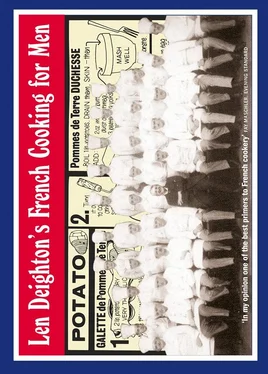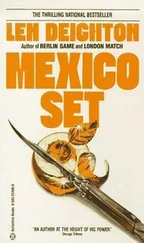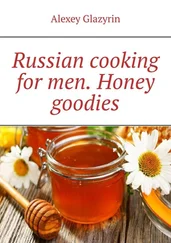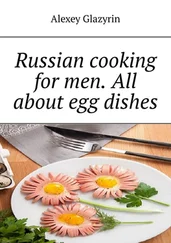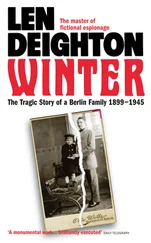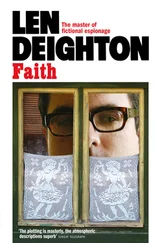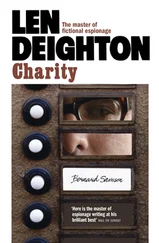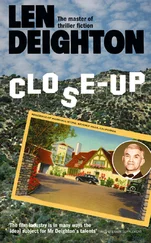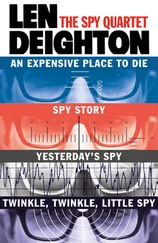Each morning the head stood at the entrance and greeted each and every arriving pupil personally. No child was ever late; the pupils were keen to learn; the teaching was excellent; even better from our point of view, no one there could speak English. ‘Yes, of course; just like circus people,’ said the imperturbable headmaster when my mother-in-law asked if he could find room for two little boys who could speak no French. He separated the boys into different classes and assigned to each, a companion who would proudly guide and instruct his foreigner. M. Guglielmero employed professional skills at which I still marvel. The two assigned companions were not the students from the top of the class; they were the school’s most popular boys. With these two lively extroverts to guide them, my sons had instant membership of the whole school, and made friends for life. In this amiable environment they learned to speak French indistinguishable from that of local children. To complete the perfection, staff and children all sat together at lunch and enjoyed the same good French cooking. No wonder the French education system is the best, and most effective, in the world.
We all acquired the vocabulary and attempted the techniques of French cooking. It affected our tastes and our kitchen skills ever after. Nowadays my wife and my sons have left me behind in their expertise. They are more precise and careful than I am, and cooking is at its best when measured and monitored. My sons have taken my interest in the chemistry and physics of cooking and pursued it far beyond my own knowledge. Precision scales and thermometers are as essential to them as wooden spoons and sharp knives. This brings me to the question: why this book is called French Cooking for Men . My answer is that when I tell men that it is important to remember that you can open an oven and hold your hand inside when the air is at 300º F but if you put your hand into boiling water (only 212º F) you will be severely burned, men are likely to nod and say ‘yes’. But when I tell ladies this they are likely to reply: ‘OK, Len. But where’s the recipe?’
No, I’m only kidding. The real motive is the hope that the ladies will want to know what I am telling the blokes.
L.D .
Cover
Title Page
Copyright
Praise
Preface to the 2010 edition
Cover Designer’s Note
Introduction
L’Art culinaire. Applying heat to food, or if you’ll pardon the word, cooking
Les Viandes. Words and diagrams compare English and French butchery and suggest ways of cooking the cuts
Les Fromages. Cheeses: buying them, serving them and eating them
Les Corps gras. Various kinds of fats to do different jobs
La Carte des vins, Champagne et autres alcools. The simplest of simple guides to a wine list and notes on other drinks from Evian to Champagne and back by way of Cognac
La Cuisine française et le froid. Those that cook and store away …
Le Lexique et le menu. French and English culinary words.
Le Menu. Planning it and reading it.
La Batterie de cuisine. Pots and pans and serving dishes with drawings of them
La Carte des sauces. A complete description of French sauces in chart form
Le Garde-Manger. Beans, rice and pasta
50 Cookstrips. Basic French cooking in 50 simple lessons
Index
Notes
Acknowledgements and Note
Keep Reading
About the Author
Other Books By
About the Publisher
COOKSTRIPS Nos 1–50
1 Measuring heat & bulk
2 Slicing vegetables
3 Cooking operations
4 Cooking operations
5 Flavourings
6 Potage Parmentier
7 Fumet de Poisson au VinBlanc
8 White Stock
9 Fonds Brun
10 Pot-au-Feu
11 Consommé
12 Aspic
13 Sauce Hollandaise Sauce Béarnaise
14 Mayonnaise
15 Vinaigrette
16 Omelette
17 Pâte Brisée
18 Crème Pâtissière
19 Gratins
20 The Soufflé
21 Choux Pastry
22 Quenelles
23 Savoury Mousse
24 Eggs
25 Crêpes
26 Croquettes
27 Chou Farci aux Tomates
28 Fromage de Porc
29 Meunière
30 Mackerel in Papillotes
31 Farce
32 Poach
33 Chicken
34 Rôti de Porc aux Navets
35 Sauté
36 Fricassée
37 Braiser
38 A Daube
39 Steak
40 Bifteck Haché
41 Stuffed Meat
42 Blanching & Refreshing
43 Braising Veg.
44 Tomates & Oignons Farcis
45 Mushrooms
46 Potato
47 Sweet Sauces
48 Bavaroise & Charlotte Russe
49 Bombes
50 Syrup
My brief for the cover design of French Cooking for Men was to include one of Len Deighton’s landmark cookstrips, an essential ingredient of the book and something that would give a flavour of the delights to be sampled within. We also felt that the addition of the red, white and blue of the French tricolour gave the cover a certain je ne sais quoi .
We chose the ‘Potato’ cookstrip for the cover as it seemed to capture the very essence of this book’s friendly and approachable method of instruction. What better example could there be of transforming the mundane into a culinary marvel by way of some simple French magic?
Taking a lead from the author I sought after an illustration of a group of chefs that would reflect the book’s slightly playful title. After considerable research I came across this vintage photograph of a large group of Continental chefs that seemed to fit the bill perfectly. They looked impressive, conveying a sense of professionalism, yet at the same time charmingly ridiculous. However, I was troubled by the inclusion of the central figure of a civilian in the picture, until I came up with the cheeky idea of transforming his features for that of this book’s author!
Arnold Schwartzman OBE RDI
My mother – who was once a professional cook – encouraged me to help her in the kitchen from the time when I was very small. To her I owe everything. We encouraged our own sons in the same way.
During six years studying art I spent most of my vacation time working in the kitchens of good restaurants. I’ve never ceased to be interested in cooking, and in the skill that contributes to the success of a great French restaurant, which does not always mean a restaurant in France.
The importance of French cookery is not only due to the taste, texture and appearance of the resulting dishes, but also to the systematic way in which generations of cooks have ordered and classified their knowledge.
Читать дальше
